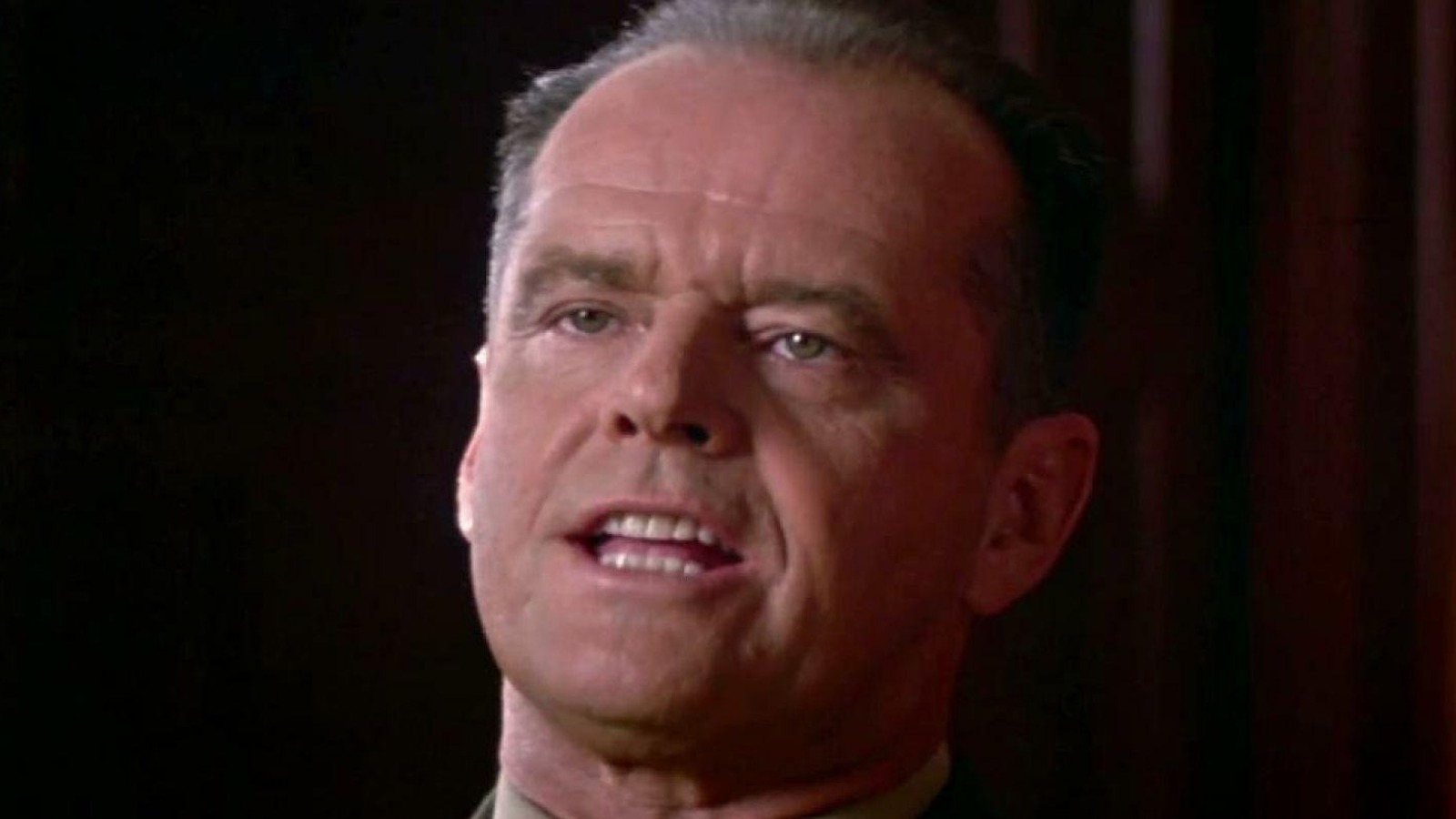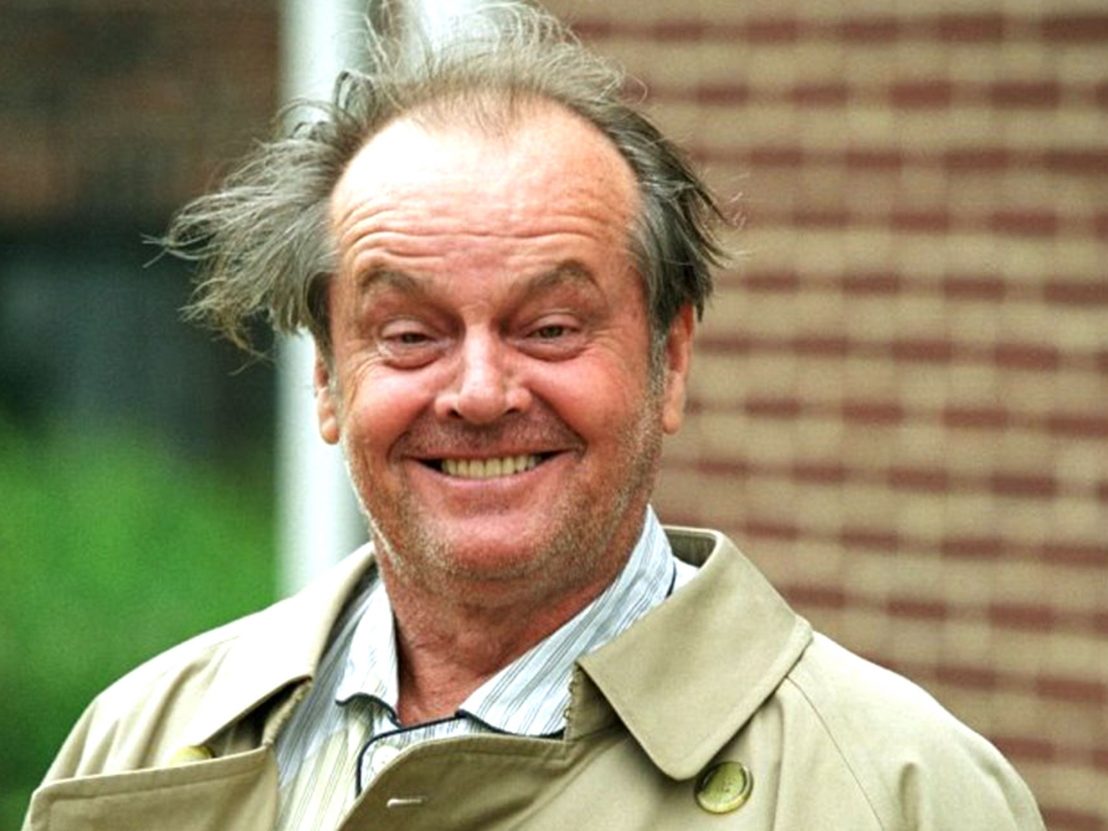Jack Nicholson: A Cinematic Legacy Unveiled
Introduction
Jack Nicholson, a towering figure in the annals of cinema, has captivated audiences for over six decades with his enigmatic performances and unforgettable roles. From the rebellious biker in “Easy Rider” to the unhinged Joker in “Batman,” Nicholson has commanded the silver screen with his raw intensity and nuanced characterizations. This in-depth analysis delves into the complexities of Nicholson’s filmography, examining the diverse perspectives and cultural impact of his work.
The Antihero Archetype
One of the defining characteristics of Nicholson’s repertoire is his embodiment of the antihero. Characters like Randle McMurphy in “One Flew Over the Cuckoo’s Nest,” J.J. Gittes in “Chinatown,” and Jake Gittes in “Chinatown” challenge authority, defy societal norms, and operate in moral gray areas. Through Nicholson’s performances, these antiheroes become relatable and even sympathetic, despite their flaws and transgressions.
Psychological Depth
Nicholson’s characters are not mere caricatures; they possess a profound psychological depth. He masterfully portrays the complexities of the human psyche, often exploring themes of mental illness, addiction, and alienation. His collaborations with directors like Milos Forman and Stanley Kubrick have resulted in iconic performances that delve into the darkest recesses of the human soul.
Subverting Genre Conventions
Nicholson’s films often defy genre conventions, blurring the lines between comedy, drama, and psychological thriller. In “The Shining,” he transforms the classic horror genre into a chilling exploration of madness and paranoia. In “As Good as It Gets,” he delivers a heartwarming performance as a misanthropic author, showcasing his versatility and ability to elicit both laughter and tears.
Critical Acclaim and Cultural Impact
Nicholson’s work has garnered widespread critical acclaim, including three Academy Awards for Best Actor and seven Golden Globe Awards. His performances have left an indelible mark on popular culture, with characters like the Joker and Jack Torrance becoming iconic symbols of cinema. Moreover, his collaborations with directors like Martin Scorsese, Roman Polanski, and Terry Gilliam have cemented his status as a true cinematic auteur.
Diverse Perspectives
While Nicholson’s work has been widely lauded, there have also been differing perspectives on his performances. Some critics have argued that his intensity can occasionally overshadow the narrative, while others have praised his ability to command attention and create memorable characters. It is important to acknowledge these divergent views to provide a balanced analysis.
Influence on Younger Generations
Nicholson’s impact extends beyond his own filmography. He has inspired countless young actors and directors, who have cited his work as a major influence on their own artistic endeavors. His uninhibited performances and fearless exploration of complex characters have set a high standard for aspiring thespians, shaping the trajectory of contemporary cinema.
Conclusion
Jack Nicholson’s cinematic legacy is a testament to his enduring talent and the transformative power of storytelling. Through his enigmatic performances and unforgettable roles, he has captivated audiences, challenged norms, and left an indelible mark on film history. From the rebellious antihero to the psychologically tormented outsider, Nicholson’s characters embody the complexities of human nature and continue to resonate with viewers worldwide.
As we reflect on Nicholson’s illustrious career, we recognize the enduring appeal of his work and its profound impact on cinema. His ability to delve into the depths of human emotion and subvert genre conventions has cemented his status as a true cinematic icon. Jack Nicholson’s legacy serves as a reminder of the power of storytelling to entertain, enlighten, and inspire generations to come.

